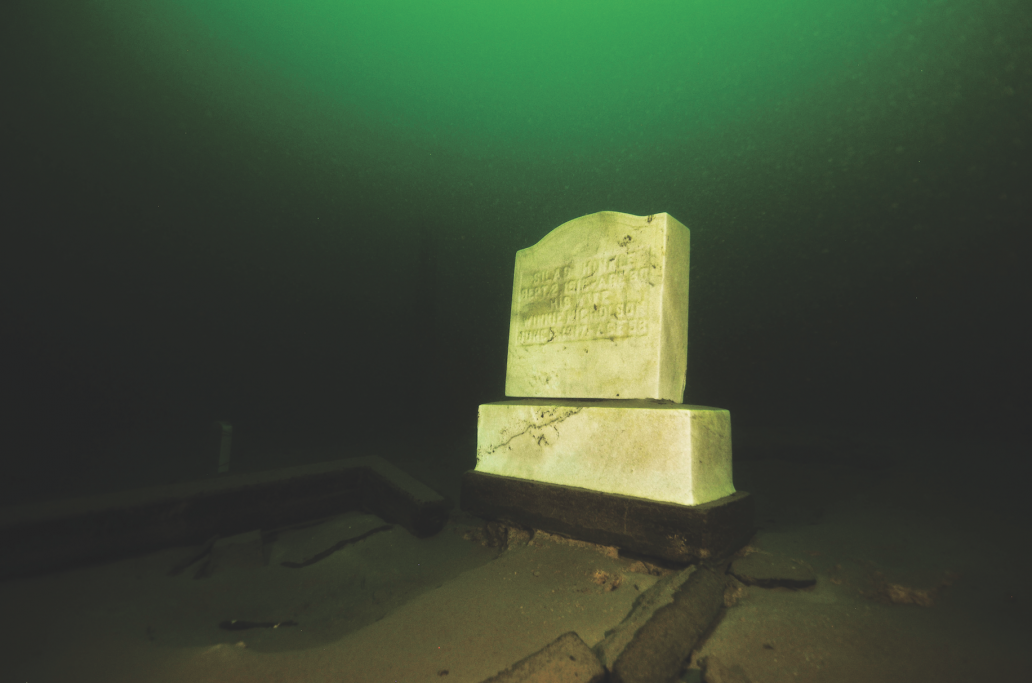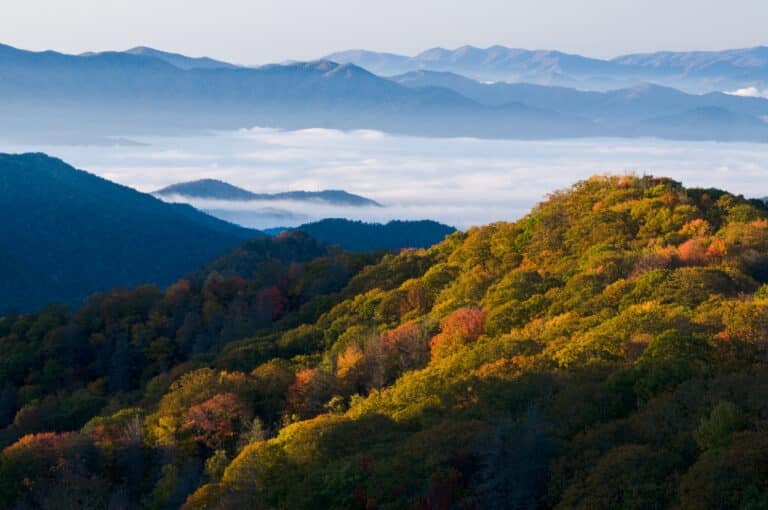The lakes of the Blue Ridge Mountains are known for their breathtaking views and fun weekends on the water, but there is often a forgotten history that lurks beneath them. Entire towns have been submerged, sparking the interest of scuba divers, historians, and myth busters.
Fontana Lake
With 360 degree views of the Great Smoky Mountains, Fontana Lake is the largest lake in Western North Carolina with the tallest dam east of the Rockies. Beneath the lake rests the remains of the once-bustling town of Judson. Judson had a population of around 600 people with a simple array of shops in town, including a sawmill and a post office. Then, in the 1930s, Swain County sold Judson and other lands to the government in order to create both Fontana Lake and Great Smoky Mountains National Park. The dam was built to produce hydroelectric power—mainly for the Aluminum Company of America which produced ships, aircraft, and munitions during World War II. The gain for the war effort became the cost for the people of Judson, whose town was submerged.
The highest points of structures from the sunken town of Judson are somtimes visible when Fontana Lake is at extremely low levels. There are visible foundations, graves, and other remnants of the town. With permission during drawdowns, people can access the eerie ghost town, and some venture onto the water by pontoon boat to see, if the water is just clear enough, if they can get a glimpse of the submerged ruins.
Lake Burton
This summer hotspot for family vacations in north Georgia, Lake Burton is one of four lakes created by damming sections of the Tallulah River to produce hydroelectric power for Atlanta and surrounding areas. Up until 1917, Burton was not a lake, but was the largest town in Rabun County. Founded in the early 1800s as one of the first gold rush towns of north Georgia, Burton was a farm town of around 200 people. The town was bought by the Georgia Railway and Electric Company in 1917, and much like the town of Judson, was soon submerged.
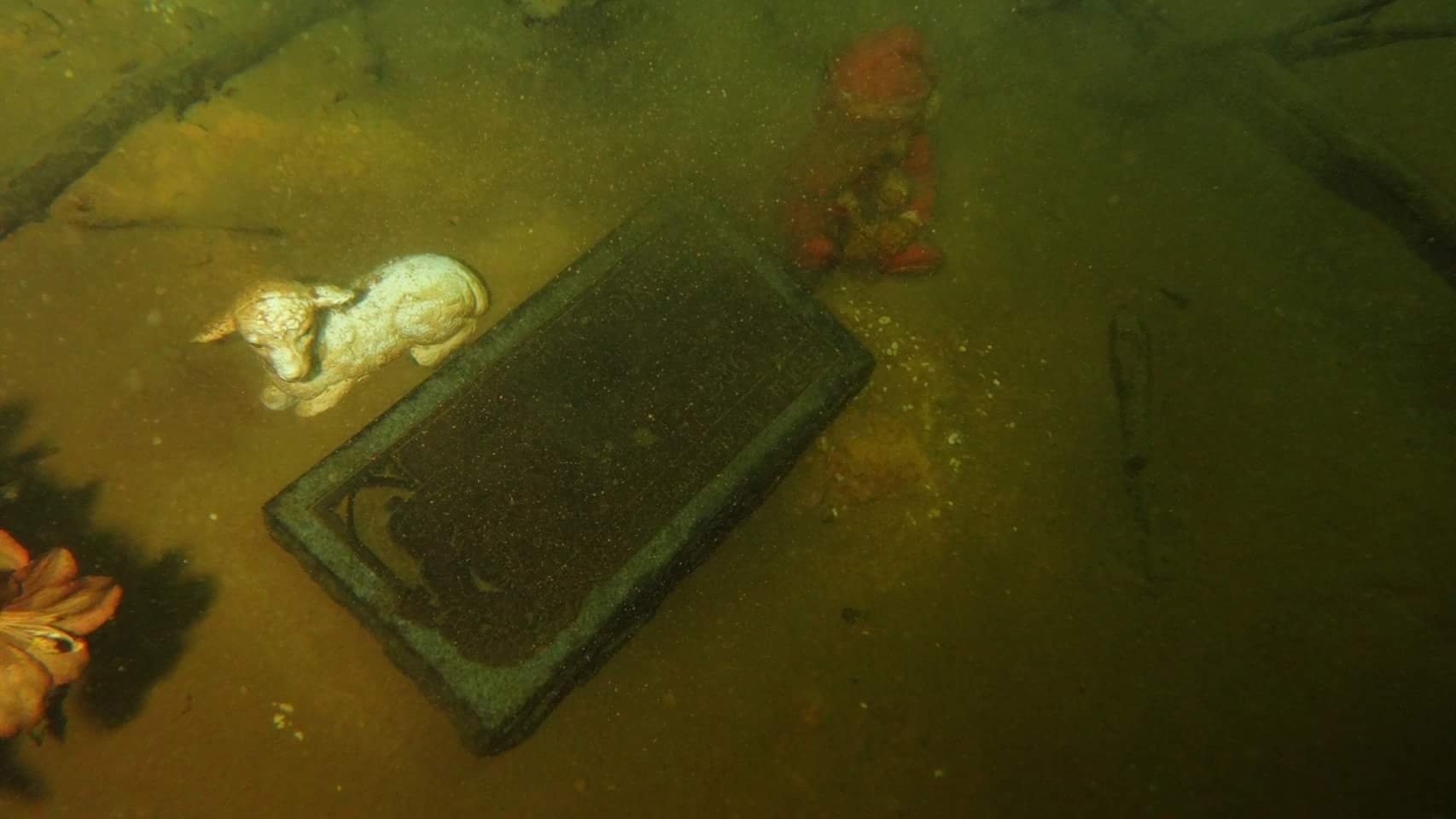
During the relocation of Burton’s residents, all graves were supposed to be raised and moved beyond the shoreline, and small cemeteries are a common sight today along the roads surrounding the lake. However, for many locals in the area, countless stories have been told and shared of cemeteries that lie beneath the waters, leaving the question: are those grave tenants still haunting the lake today?
Lake Jocassee
Revered for its emerald waters and abundant recreation, South Carolina’s Lake Jocassee area was filled with rich history before the dam was built in 1973. South of where the dam and the hydroelectric station are currently located was once Keowee Village or Keowee Town, the capital of the Lower Cherokee Indians. The lake’s name “Jocassee” is derived from the Cherokee language and means “Place of the Lost One.”
The Cherokee lost their land to settlers, and then the settlers lost the land to the waters of the new lake. Both Lake Jocassee and the neighboring Lake Keowee were formed as a result of the construction by Duke Power for their Keowee Toxaway Project. With the building of the dam in 1973, the waters of Whitewater River began to flow upstream for the first time as Lake Jocassee covered the town.
Divers frequent the area. Jocassee Lake Dive Shop owner and technical instructor Bill Routh was the first to discover the Whitewater Bridge, Camp Jocassee for Girls, and the Attakulla Lodge which rests below 300 feet of water. The lodge found by Routh was once a popular place for people to gather together on the river. Debbie Fletcher is particularly grateful for the discovery of the lodge, as it was owned and operated by her grandparents. Fletcher accompanies the divers every time they dive to the lodge. She also keeps up the tradition of her grandmother of feeding guests of the lodge. Every time they go out on the boat, Fletcher brings food along for the divers.
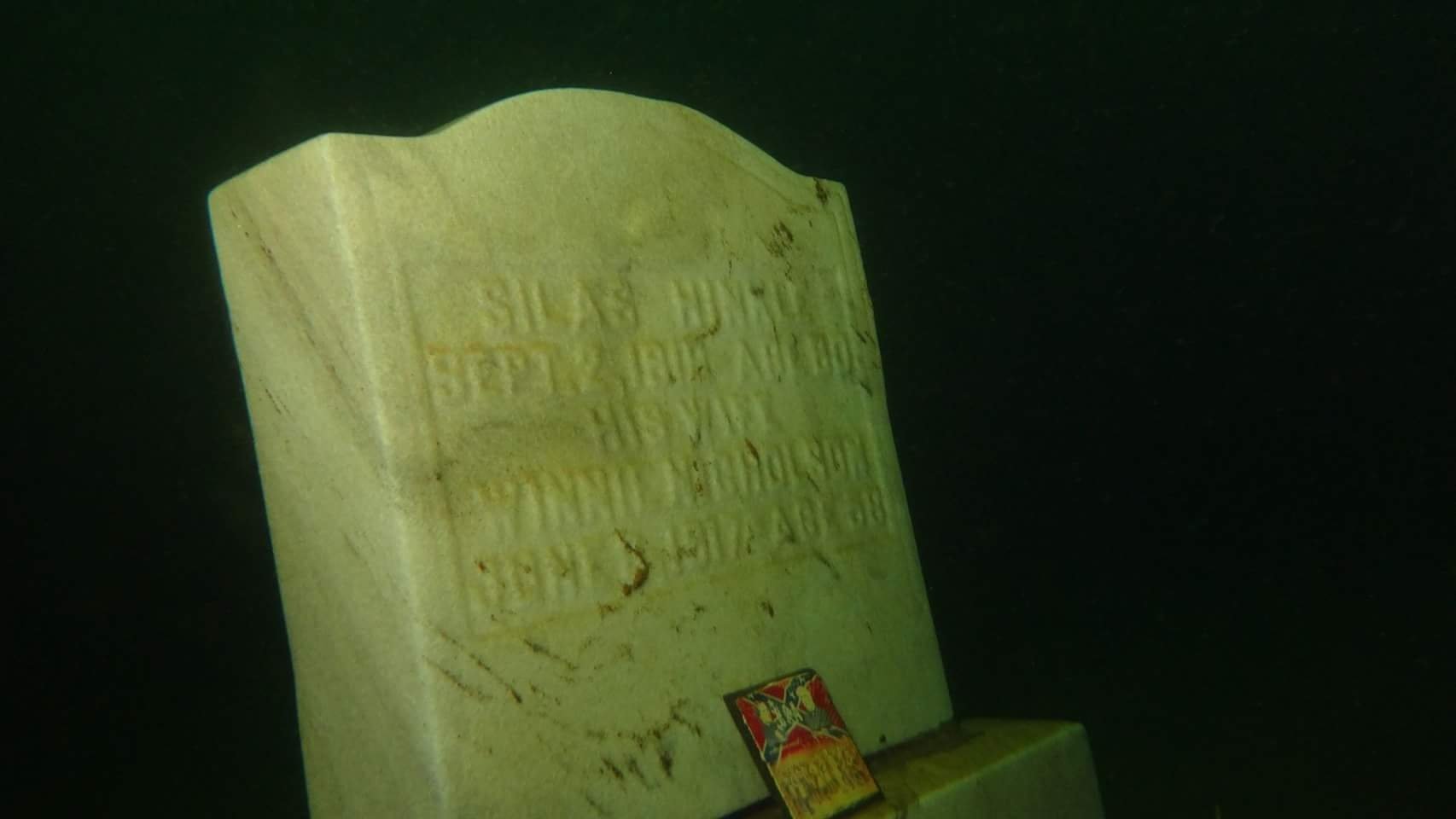
A friend of Routh’s was the first to discover the Mount Carmel Cemetery, made famous by the 1972 film Deliverance, which was produced the year before the dam was constructed and the valley was lost. Today, there is underwater diving footage of the cemetery where the names of the deceased can still be read on the tombstones.
Summersville Lake
Beneath the largest lake in West Virginia is a village whose name has been all but forgotten: Gad. When flooding towns to create man-made lakes for power production was common, typically the lake and dam were named after the town that was once there. However, in this case, the U.S. Army Corps of Engineers chose not to adopt the name “Gad Dam.” Instead they went with Summerville, the second closest town at the time. In the winter, the lake is drained for repairs, and parts of old roadway, foundations, and stone carvings are visible.
Smith Mountain Lake
Although there is no hard evidence of the rumored town of Monroe beneath Virginia’s beloved Smith Mountain Lake, many still believe that the truth lies beneath the water. When hydroelectric power was of top priority about 50 years ago, the damming process began on the Roanoke and Blackwater Rivers. As the waters rose, the tiny town disappeared under its waters for good. Now, the story has been taken a step further by a brewery in the town of Westlake just minutes from the water’s edge. The name is “Sunken City Brewery,” with the alleged history of this sunken town of Monroe written on its walls.
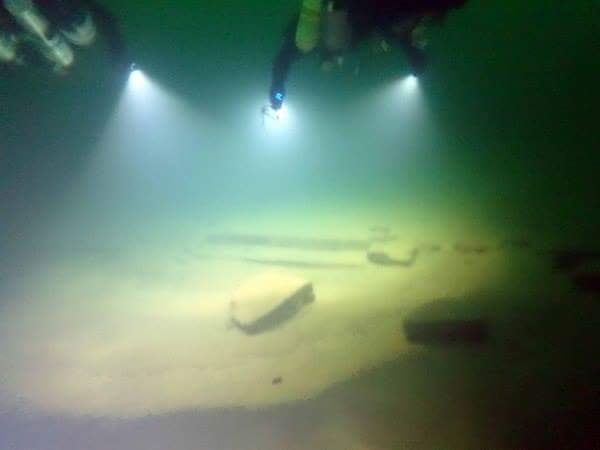
Tellico and Calderwood Lakes
These lakes formed after the damming of several sections of the Little Tennessee River and hide perhaps the deepest history of all. Several historic Cherokee townsites—including Chota, Tanasi, Toqua, Tomotley, Citico, Mialoqua, and Tuskegee—are now submerged. An old fort is also buried beneath the water. A crucial part of the region’s pride and history was erased when these lakes were formed. Not surprisingly, there are rampant myths of unsettled souls that haunt the area to this day.
